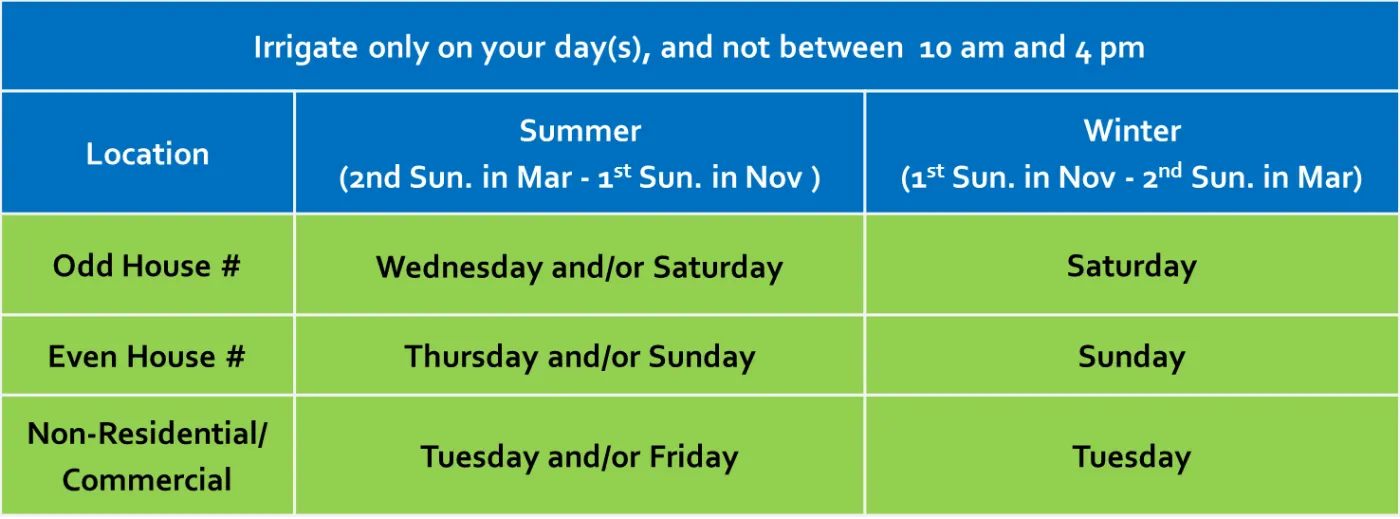Understanding the signs of drought stress in your lawn is crucial for protecting its health and appeal. From the blades folding down the middle to the graying color, these cues serve as warning signs to your yard’s irrigation requirements and overall health.
By recognizing these indicators, you can take steps to ensure your lawn bounces back quickly and remains lush and green, even during dry spells. Below are some hints to what your lawn is trying to tell you, empowering you to make informed decisions about watering and care to keep your lawn thriving throughout the seasons.
- Blade Folding
St. Augustine grass has a midvein that acts as a “spine” for each individual blade, allowing it to open and close as needed. Healthy, well-watered grass will appear almost completely flat and totally open.
When your lawn begins to dry out, the blades will close in half upon itself, to reduce its exposure to the sun and conserve it’s water. This will also give the grass a “hazy” look, as the backs of the blades are not as deep a green as the enclosed fronts.
Monitoring these subtle changes in blade position can provide valuable insight into your lawn's hydration needs and help you adjust your watering schedule accordingly, ensuring your St. Augustine turf remains vibrant and healthy.
- Slow “Spring Back”
Although Zoysia grass does not thrive under heavy traffic, healthy turf should return itself to the upright position quickly after being walked upon.
If your footprints last more than 10 seconds in the turf, this is the second sign of drought stress.
This delayed "spring back" indicates that the grass is not receiving adequate moisture, causing it to lose resilience and struggle to recover from pressure. By observing this aspect of your lawn's behavior, you can identify potential drought stress early on and take action to address it before it negatively impacts the overall health of your turf.
- Audible Crunching
One of the later signs in drought stress is an audible “crunch” when the turf is stepped on. Grass may still be green when this happens, so it may not be noticeable by just looking at it. Turf with ample water is softer and cushions better, but drier grass will crunch and crackle as it’s stepped on.
This audible cue is a clear indication that the grass is under significant stress due to lack of moisture, even if its green appearance might suggest otherwise. By paying attention to this auditory signals, you can detect drought stress early and take proactive measures to increase the sprinkler time so it has the water needs to thrive.
- Browning-out and thinning
As drought stress persists, the consequences become increasingly severe for your turf - depending upon your turf type. The next phases involve browning-out, thinning, and ultimately, the death of your lawn.
Browning-out occurs as the grass loses its vibrant green color, signaling distress, and goes dormant. Without sufficient moisture to keep it healthy and support growth, the turf ultimately dies, leaving behind patches and eventually, bare soil.
In the growing season, it's crucial to ensure your lawn stays well-watered. This practice promotes deeper root growth, improves it’s appeal, and reduces the likelihood of lawn-damaging pests.
After you have noticed the drought stress, the next step is to either conduct your own sprinkler system audit or to hire a local irrigation contractor. This will ensure your coverage is thorough, filters are cleaned, pressure is correct, water use is efficient, and time settings are enough.
Many homeowners make the simple mistake of thinking if their yard is dry, they just need to add some additional days or times to the system - without ensuring the coverage and operation is correct.
Being mindful of these warning indicators of drought stress and implementing changes are key to maintaining the health and longevity of your Zoysia or St. Augustine lawn.
Get more info here:
Vlog: Zoysia vs. St. Augustine Watering Need Differences
Vlog: The Third Basic Need of A Lawn: Water
Blog: 5 Lawn Tips in times of Drought
Our trained irrigation technicians are ready to help! Contact us now at (352) 378-5296 or (904) 913-5296 or fill out our form at the top of the page, we would love to help!

